English | July 8th, 2013 | ASIN: B00DTO5GB2, ISBN: 1565851366 | M4B@32 kbps | 6 hrs 1 min | 84.06 MB
Narrator: Professor Arnold Weinstein
These eight lectures are a celebration of humanity and the rich texture of human experience. They are a fascinating focus on the complex artistic representations of city life from the 18th to the 20th century. Join Professor Weinstein as he reveals the portraits of humanity that came from several of the period’s greatest artists, writers, and thinkers.
Among them:
• Painter Edvard Munch, who depicts the emptiness of urban living
• Poet Charles Baudelaire, who celebrates how crowds impact his imagination
• Author Daniel Defoe, who dramatizes the freedom the city offers people who want to change their identities
• Author Theodore Dreiser, who views the city as a huge, brutal, industrial machine that systematically grinds up individuals
• Psychoanalyst Sigmund Freud, who believes that the city is like the mind: a receptacle for the past, as well as for hidden lives and passions
These lectures reveal several vital themes that appear in artists’ subjective renderings of urban living: orientation (finding our way), the marketplace (exchanging goods and services), anonymity (experiencing solitude or freedom), encounters (fearing or connecting with others), history (maintaining contact with other times), and cultures (entering the cities’ ever-changing cultural forms).
Why use art as a guide to city life? According to Professor Weinstein, “Art usually supports what we learn from scientific studies of urban life. Art provides us with something social science cannot: a subjective rendering of city experience that is not quantifiable. Such a depiction includes our fears, desires, and dreams. Art serves as a record for these experiences.”
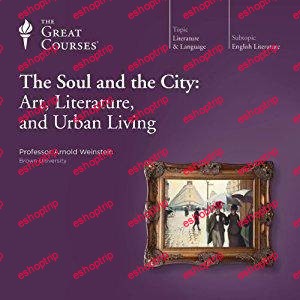
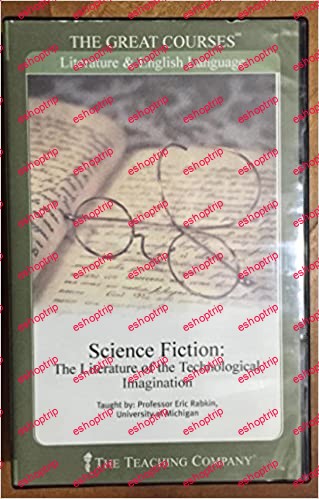
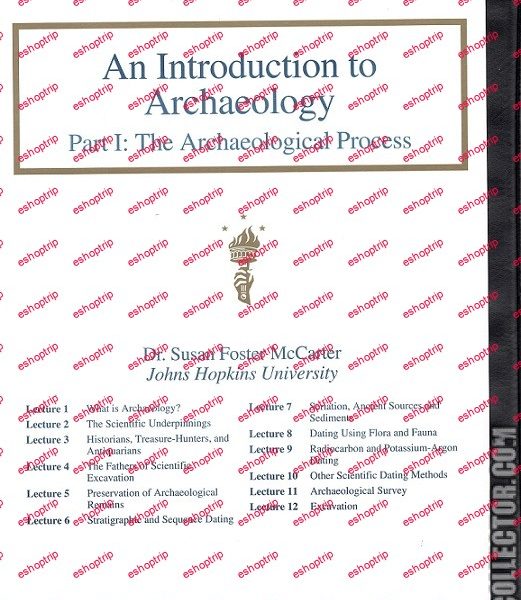
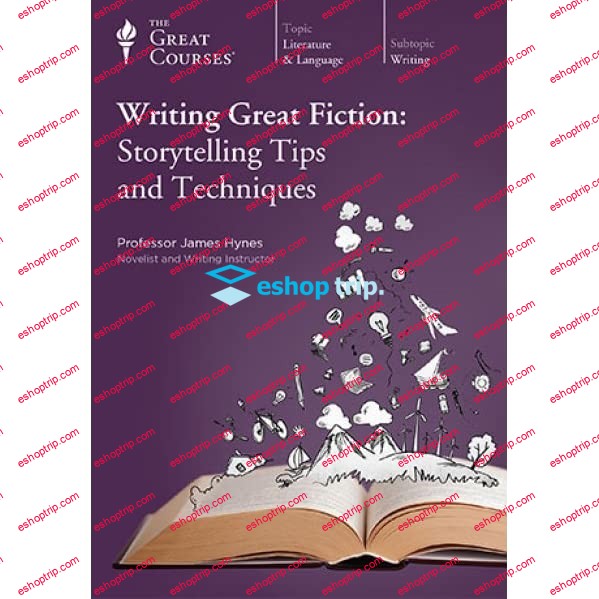

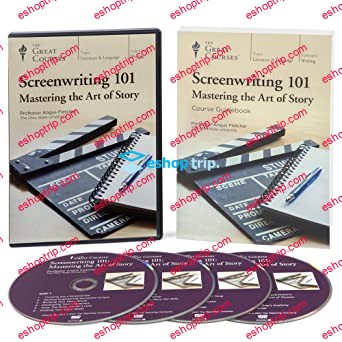

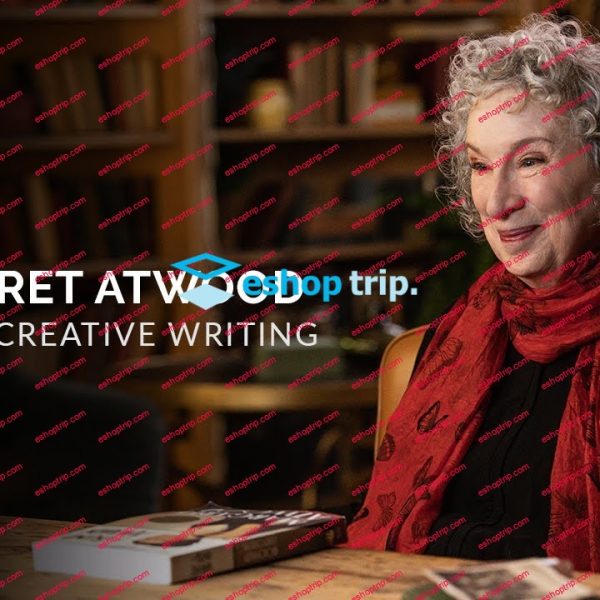


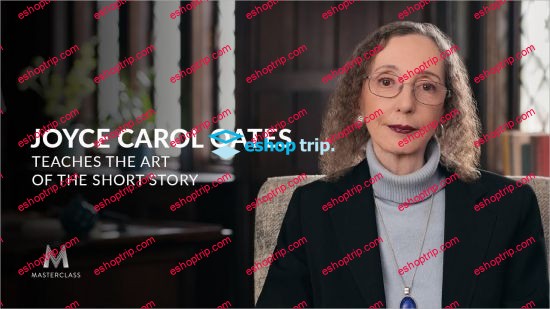
Reviews
There are no reviews yet.